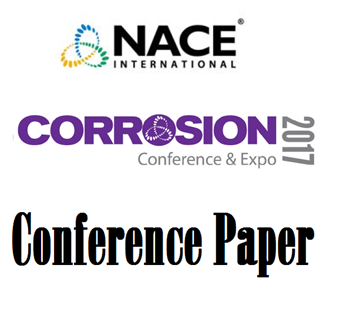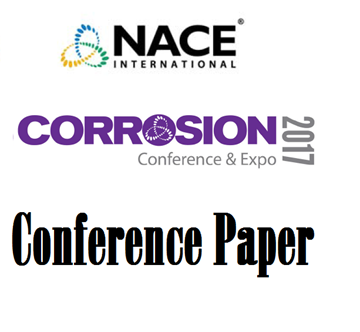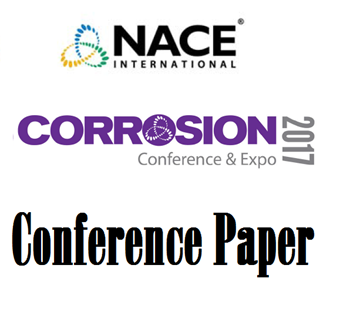Search
Performance Of Vapor Corrosion Inhibitors For Localized Corrosion Mitigation Of Double Shell Storage Tanks At Hanford
Also Purchased
Premature Failure of API 650 Oil Storage Tank Bottom Plates Due to Soil Side Corrosion
Product Number:
51317--9025-SG
ISBN:
9025 2017 CP
Publication Date:
2017
$20.00
Protection of Equipment for Storage and Transport with VCI
Product Number:
51317--9026-SG
ISBN:
9026 2017 CP
Publication Date:
2017
$20.00
Performance of Next Generation CUI Mitigation Systems
Product Number:
51317--9331-SG
ISBN:
9331 2017 CP
Publication Date:
2017
$20.00




